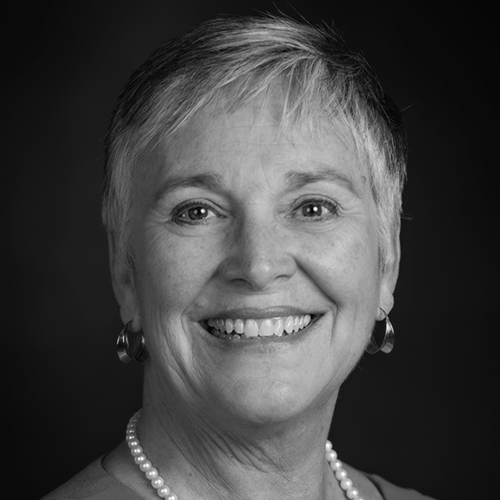
A. Lynn Williams, PhD, CCC-SLP
President, American Speech-Language Hearing Association
Early identification and intervention are critical in the early years because speech and language problems are not limited to communication. They can impact literacy and learning during the early school years, and negatively impact different aspects of children’s lives, including social interactions and peer relationships, their ability to handle stress, and their participation in daily life activities, such as citing the Pledge of Allegiance or being invited to a birthday party. A communication disorder can have long-term consequences on educational and employment outcomes, so speech and language problems are not confined to early childhood or to communication.
A common concern
Speech and language disorders are among the most common disorders that young children experience. According to the National Institute on Deafness and Other Communication Disorders, 11 percent of children ages 3 to 6 have a speech, language, voice or swallowing disorder. While each child develops at their own rate, there are expected milestones within each age range.
Treatment by speech-language pathologists (SLPs) is widely available, often for free or at low cost, nationwide through state early intervention programs.
Raising awareness with families
The first step is noticing that something may be not quite right. Parents and caregivers often know this intuitively and should trust their instincts. Those with questions or concerns about their child’s skills should talk to their pediatrician or child care provider. They can also learn the signs of a possible speech or language disorder through trusted organizations.
Two leading sources of information about early identification are the American Speech-Language-Hearing Association’s (ASHA) Identify the Signs campaign and the U.S. Centers for Disease Control and Prevention’s Learn the Signs, Act Early campaign.
An especially timely resource for families of children ages 2 to 6 years is a new text messaging service offered by ASHA and another nonprofit organization, Bright by Text. Families who want information on expected speech and language milestones, warning signs of a speech or language delay or disorder, activities for encouraging speech and language development at home, and ways to get connected with professional help can sign up to receive regular, free messages by texting TALK to 274-448. Messages are available in both English and Spanish. Due to the pandemic, more children are out of traditional childcare and preschool programs. Consequently, parental awareness is more important than ever as families may have less opportunity to interact with educators, health professionals, and even other parents who may alert them to a possible speech or language disorder.
Enter below to win an annual subscription to SpeakEasy Unlimited. Bring the power of early speech and language learning into the home. Three winners will be chosen!

